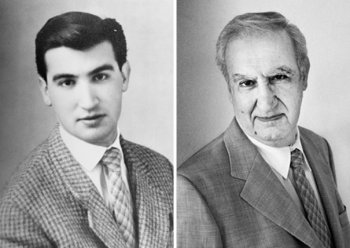 Health CentersTreatmentYour Healthcare
Health CentersTreatmentYour Healthcare
Copyright 2009 American Academy of Orthopaedic Surgeons
Effects of AgingIt" s= no= secret= that= our= bodies= change= as= we= age.= some= changes= are= obvious= while= others= more= subtle.=/>
Many people age comfortably and remain active, alert, and vibrant throughout their lives. Their physiologic age may be quite younger than their chronological age.
Others may experience the effects of osteoporosis and osteoarthritis, which can gradually diminish their abilities to participate fully in activities.
Knowing what to expect and taking steps to counterbalance the effects of aging can help you maintain a young spirit and an independent life. A healthy diet, regular exercise program, and positive attitude can help delay the onset and slow the progression of many age-related changes.
Aging Muscles:
- As muscles age, they begin to shrink and lose mass. This is a natural process, but a sedentary lifestyle can accelerate it.
- The number and size of muscle fibers also decrease. Thus, it takes muscles longer to respond in our 50s than they did in our 20s.
- The water content of tendons, the cord-like tissues that attach muscles to bones, decreases as we age. This makes the tissues stiffer and less able to tolerate stress.
- Handgrip strength decreases, making it more difficult to accomplish routine activities such as opening a jar or turning a key.
- The heart muscle becomes less able to propel large quantities of blood quickly to the body. We tire more quickly and take longer to recover.
- The body's metabolic rate (how quickly the body converts food into energy) slows. This can lead to obesity and an increase in "bad" cholesterol levels.
Throughout life, bones constantly change through a process of absorption and formation called "remodeling." As we age, the balance between bone absorption and bone formation changes, resulting in a loss of bone tissue.
- The mineral content of bones decreases, so that bones become less dense and more fragile.
- As bones lose mass, osteoporosis develops, affecting both women and men. In the spine, osteoporosis can lead to crush fractures of the vertebrae, resulting in a "dowager's hump." Osteoporosis is also responsible for almost all hip fractures in older men and women.
- The chemistry of cartilage, which provides cushioning between bones, changes. With less water content, the cartilage becomes more susceptible to stress. As cartilage degenerates, arthritis can develop.
- Ligaments, connective tissues between bones, become less elastic, reducing flexibility.
- Joint motion becomes more restricted and flexibility decreases with age because of changes in tendons and ligaments.
- As the cushioning cartilage begins to break down from a lifetime of use, joints become inflamed and arthritic.
Many of the changes in our musculoskeletal system result more from disuse than from simple aging. Less than 10 percent of Americans participate in regular exercise, and the most sedentary group is older than 50 years of age.
Source: orthoinfo.aaos.org

|
Olay Total Effects Anti-Aging Fragrance Free Moisturizer 1.7 Fl Oz Beauty (P&G)
|
You might also like:
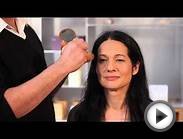
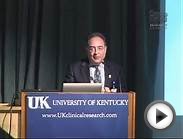
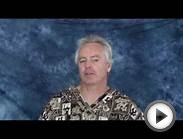

|
Olay Total Effects 7 in one, Anti-Aging Moisturizer With SPF 30, 1.7 Fluid Ounce Beauty (P&G)
|
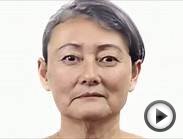

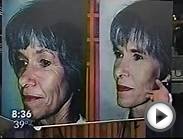

|
Olay Total Effects Anti-Aging Night Firming Treatment, 1.7 fl. Oz. Beauty (P&G)
|

|
Olay Total Effects Anti-Aging Eye Treatment, 0.5 Oz. Beauty (P&G)
|

|
Modern Masters PA902-16 Aging Solutions Blue Patina, 16-Ounce Home Improvement (Paint Sundries Solutions)
|
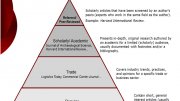


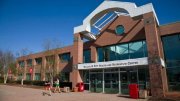




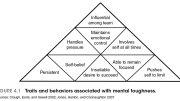
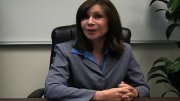





 Senescence or biological aging is the change in the biology of an organism as it ages after its maturity. Such changes range from those affecting its cells and their function to those affecting the whole organism. There are a number of hypotheses as to why...
Senescence or biological aging is the change in the biology of an organism as it ages after its maturity. Such changes range from those affecting its cells and their function to those affecting the whole organism. There are a number of hypotheses as to why...